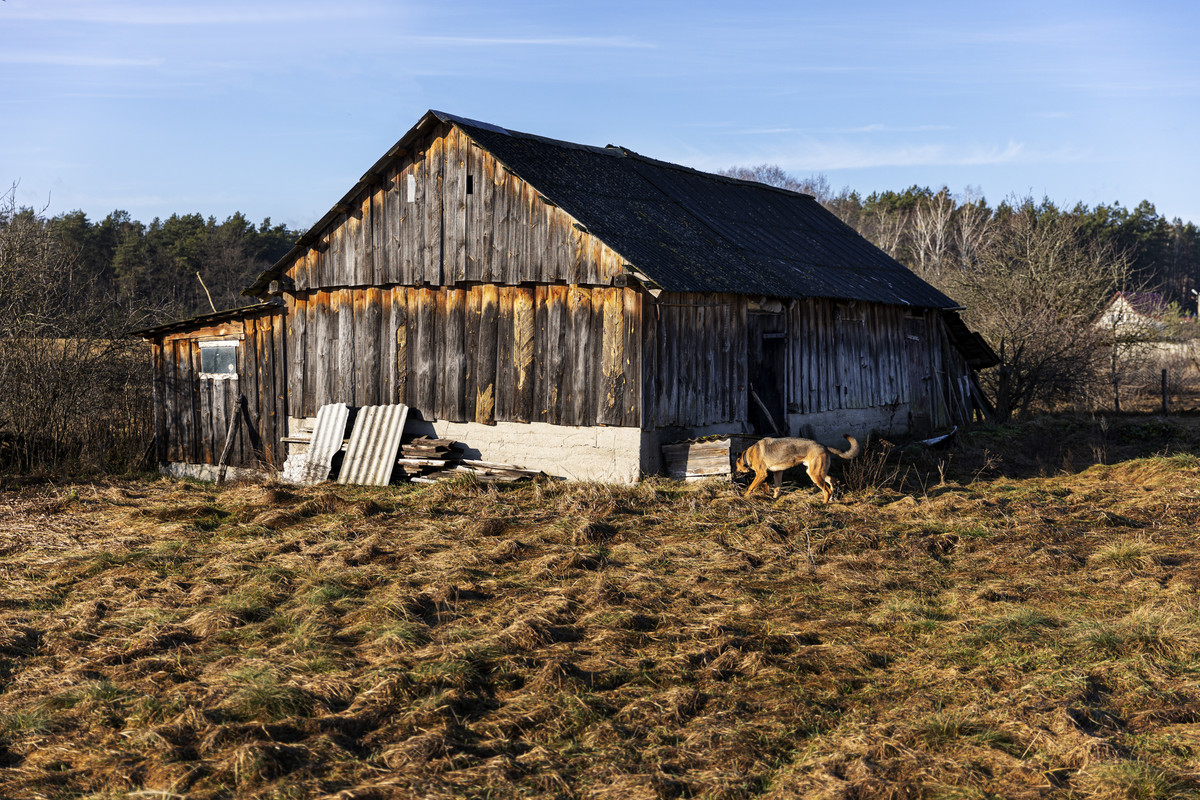Abandoned Farms: History, and a Beginner’s Guide to Safe Exploration
There is something deeply captivating about abandoned farms. Once the heart of rural life, filled with laughter, hard work, and harvests, these lands now stand as silent witnesses to history. Their weathered barns, rusted tools, and overgrown fields whisper untold stories of families, communities, and eras gone by.
The reasons behind farm abandonment vary: some were lost to economic hardship, others to changing lifestyles, urban migration, or environmental challenges. Yet, every abandoned farm is more than just empty land it is a living time capsule that holds immense value for historians, adventurers, photographers, and even real estate investors.
In this article, we will explore both sides of the subject: the mystique and historical importance of abandoned farms and a practical beginner’s guide for those curious to explore them safely, legally, and meaningfully.
The Untold Stories of Forgotten Farms

The Silent Testimonies of Rural Life
Abandoned farms are not just structures they are reminders of resilience, struggle, and changing times. Old barns, cracked fences, and forgotten machinery tell us about past agricultural practices and rural family life. For many explorers, walking through these spaces feels like stepping into a history book that was left open and unfinished.
Nature’s Return to Forgotten Lands
When farms are left behind, nature slowly reclaims them. Fields that once grew wheat or corn turn into wild meadows. Barns provide shelter to owls, bats, or foxes. The land transforms into a sanctuary where wildlife thrives without human interference. For environmentalists and conservationists, these farms are living laboratories, showing how ecosystems heal and adapt.
A Paradise for Artists and Storytellers
Photographers and filmmakers often seek out abandoned farms for their dramatic aesthetics: peeling paint, collapsing roofs, shafts of light breaking through broken windows. Writers and historians see them as inspiration for stories of endurance and loss. Every nail, every board, every patch of overgrowth seems to hold a story waiting to be told.
Opportunities Hidden in Abandoned Land
Abandoned farms are not only about mystery they also represent possibilities for the future.
Restoration and Agricultural Revival
Many abandoned farms can be restored into productive farmland again. With modern tools, sustainable farming techniques, and organic practices, these lands can contribute to food production while reviving local communities.
Eco-Tourism and Adventure
Some farms are being transformed into eco-tourism spots, offering guided tours, exploration trails, or rural homestays. For adventure seekers, they provide a safe and structured way to experience the thrill of exploring without breaking laws or risking safety.
Real Estate Potential
For investors, abandoned farms can be hidden gems. They can be repurposed into:
-
Rustic vacation homes
-
Farm-to-table businesses
-
Event venues for weddings or retreats
-
Historical conservation projects
By reimagining these farms, we preserve heritage while adapting them for modern needs.
Beginner’s Guide to Exploring Abandoned Farms
Exploring abandoned farms can be thrilling, but beginners need to approach it with care, preparation, and respect.
Safety First
-
Structural Risks: Old barns may collapse, and floors might be weak. Carry a flashlight, wear sturdy boots, and never explore alone.
-
Wildlife Encounters: Abandoned farms may house animals like snakes, bats, or stray dogs. Stay alert.
-
Protective Gear: Gloves, masks, and basic first aid are must-haves.
Legal Awareness
-
Check Ownership: Most farms are still legally owned. Trespassing can lead to legal consequences.
-
Seek Permission: Contact local authorities or landowners. Some may allow guided exploration or offer official passes.
Preparation and Tools
-
Backpack with water, snacks, first-aid, flashlight, and camera.
-
Navigation tools (map, GPS, or phone with offline maps).
-
Respectful attitude — take photos, not souvenirs.
Start Small
If you are a beginner, don’t begin with remote or risky locations. Join community exploration groups or go on guided farm tours. Over time, you can progress to larger, more challenging sites.
Respect and Responsibility
The golden rule of exploration is simple: Leave No Trace. Don’t damage property, don’t litter, and don’t disturb wildlife. Remember, your exploration should preserve the beauty for the next visitor.
Why People Explore Abandoned Farms
Exploring abandoned farms isn’t just about curiosity. It often fulfills deeper human needs:
-
Connection to the Past: A way to step back in time and understand how life was lived.
-
Adventure and Thrill: The sense of mystery creates excitement for explorers.
-
Personal Reflection: Abandoned spaces often spark reflection on impermanence and change.
-
Creative Inspiration: Writers, filmmakers, and photographers find abandoned farms to be visually and emotionally powerful subjects.
Turning Exploration into Meaningful Adventures
Abandoned farms are opportunities for:
-
Learning – about history, architecture, and ecology.
-
Community Projects – some groups restore farms into educational centers or museums.
-
Personal Growth – explorers often report a sense of mindfulness and self-discovery during these journeys.
From Curiosity to Action
If you are fascinated by abandoned farms, don’t let curiosity remain just an idea. With the right guidance, you can safely turn exploration into a hobby, a creative project, or even a professional venture.
-
History enthusiasts can document farms for archives.
-
Investors can repurpose them into valuable assets.
-
Beginners can follow structured guides to explore responsibly.
Conclusion – Unlock the Secrets, Safely
Abandoned farms remind us of two things: the fragility of human effort and the resilience of nature. They are more than ruins; they are invitations to learn, explore, and create new opportunities.For beginners, safe and legal exploration is key. With preparation, respect, and the right mindset, your journey can be both adventurous and meaningful.